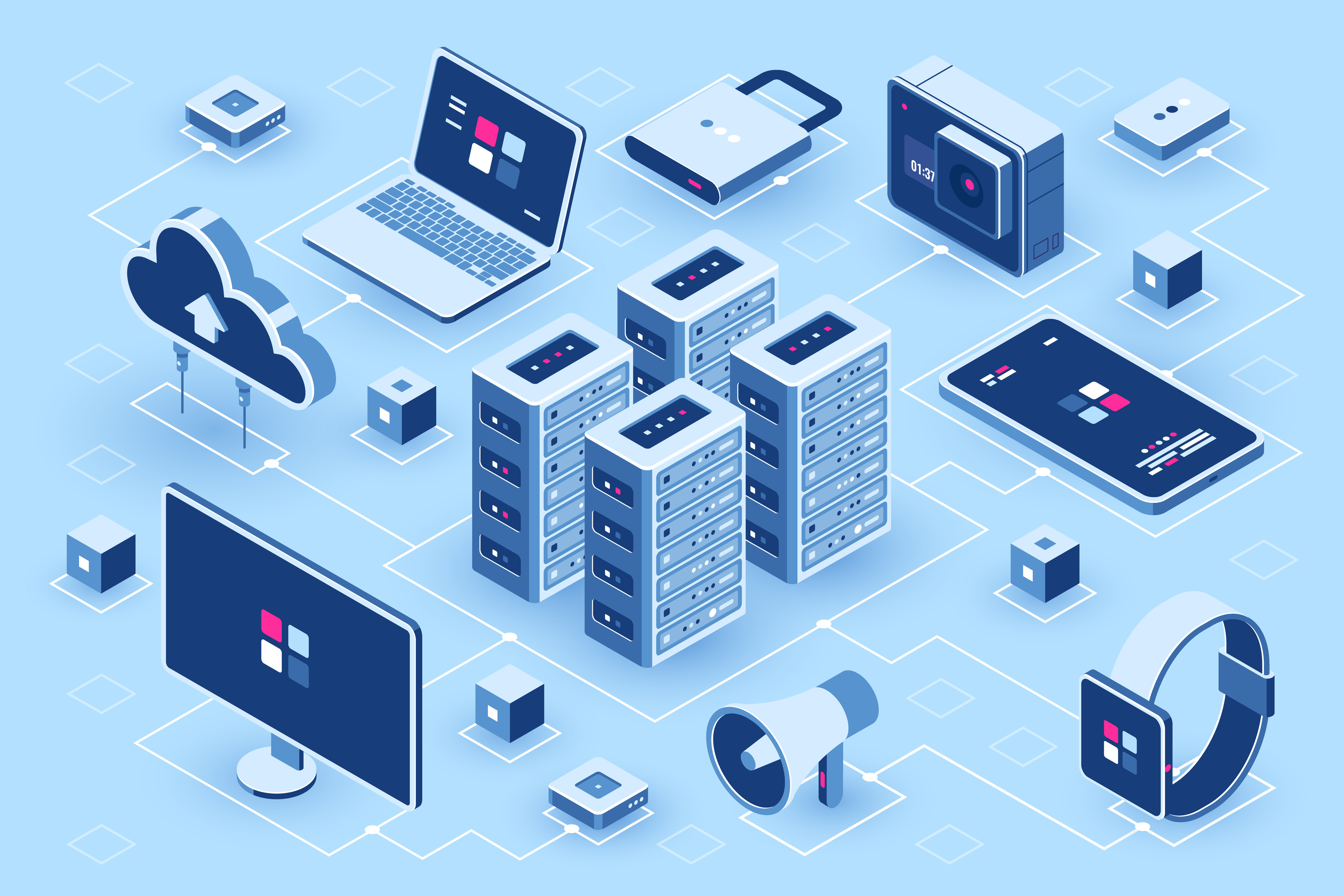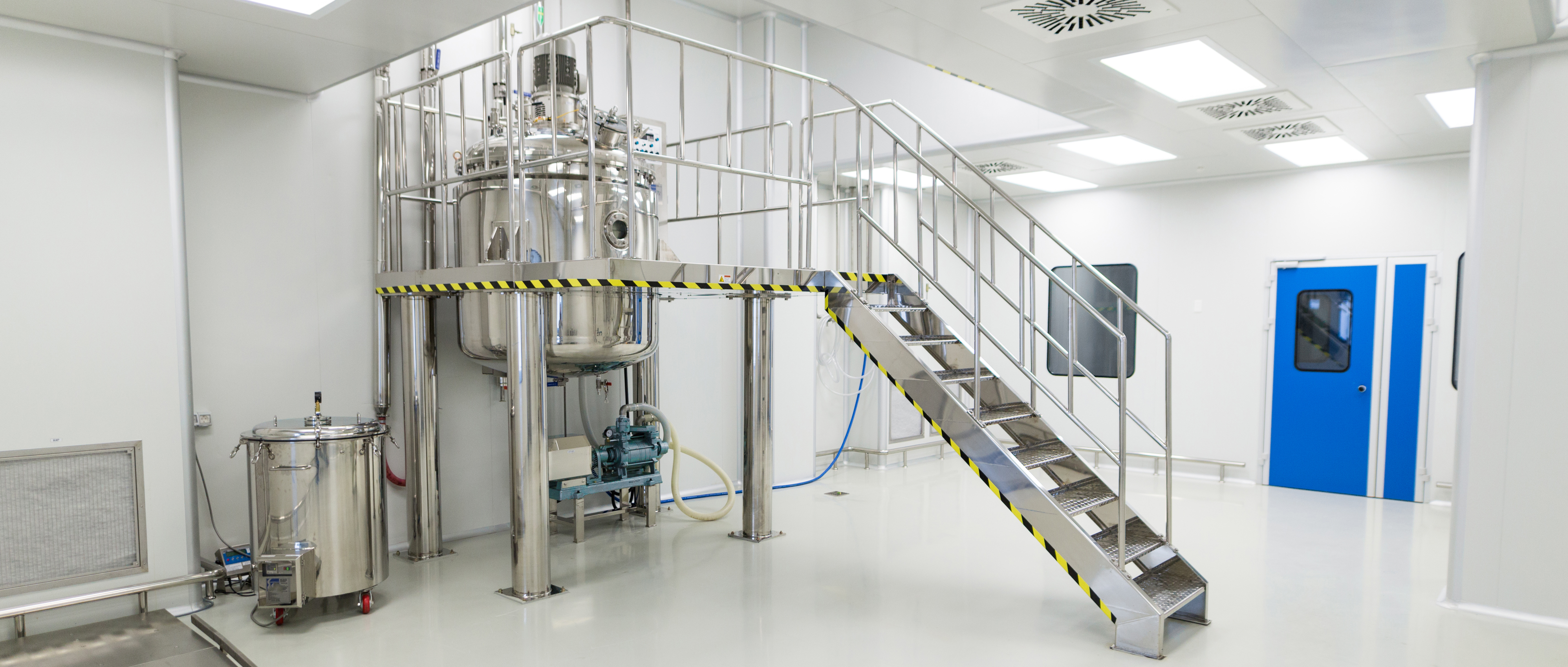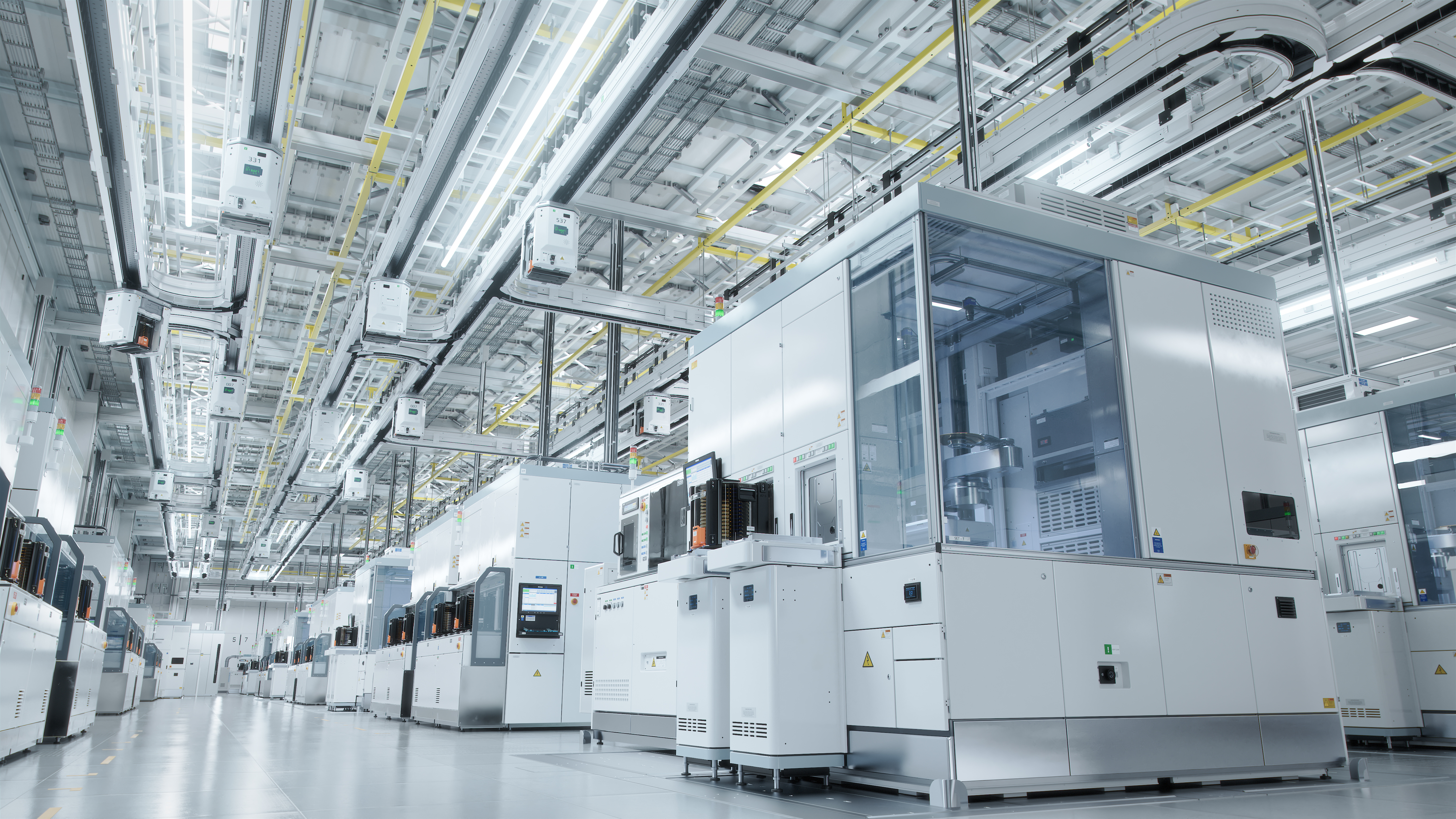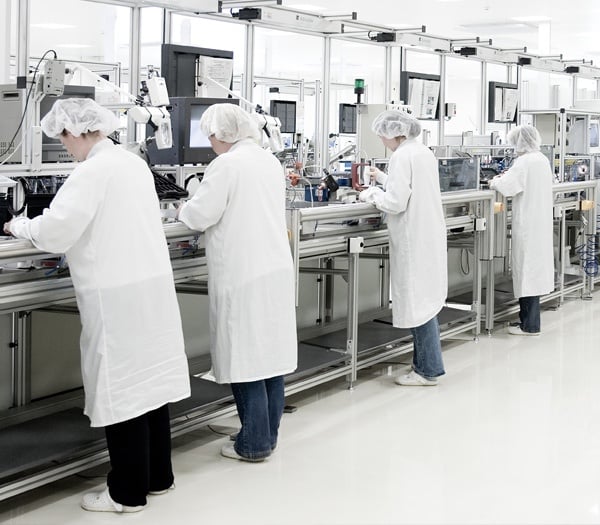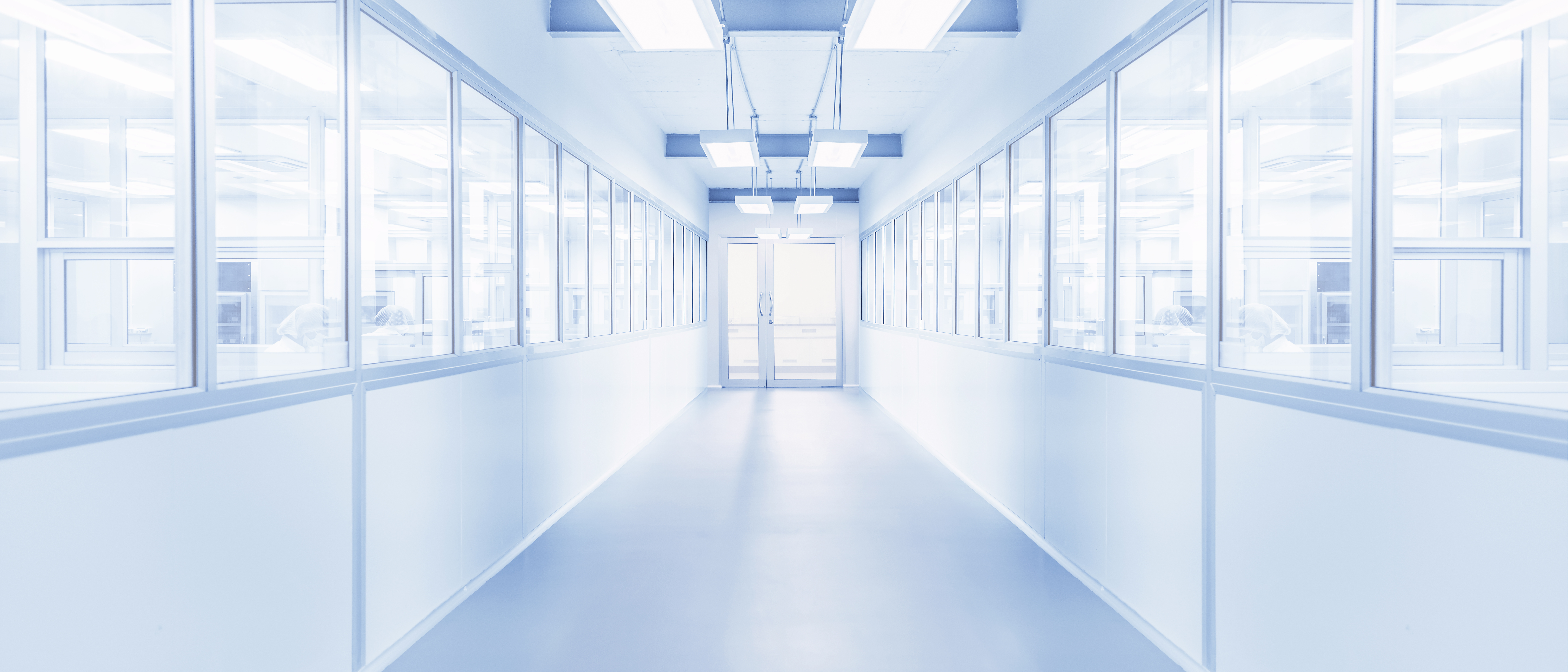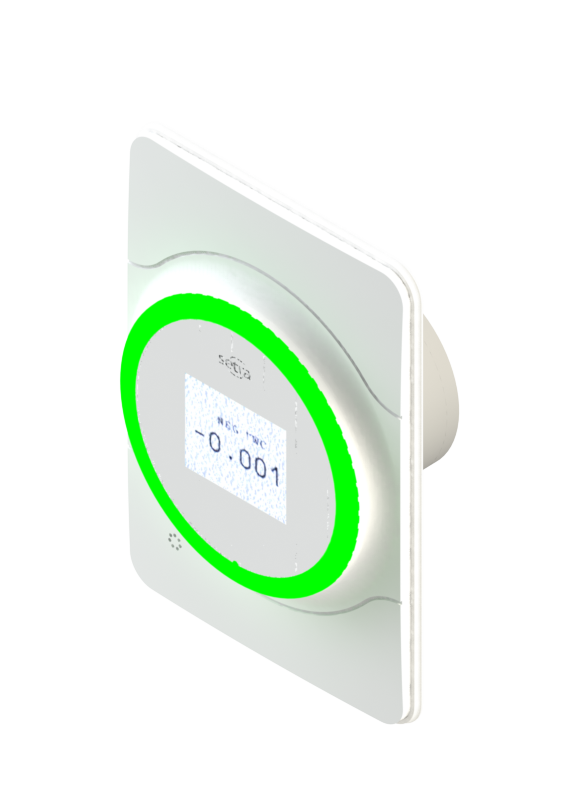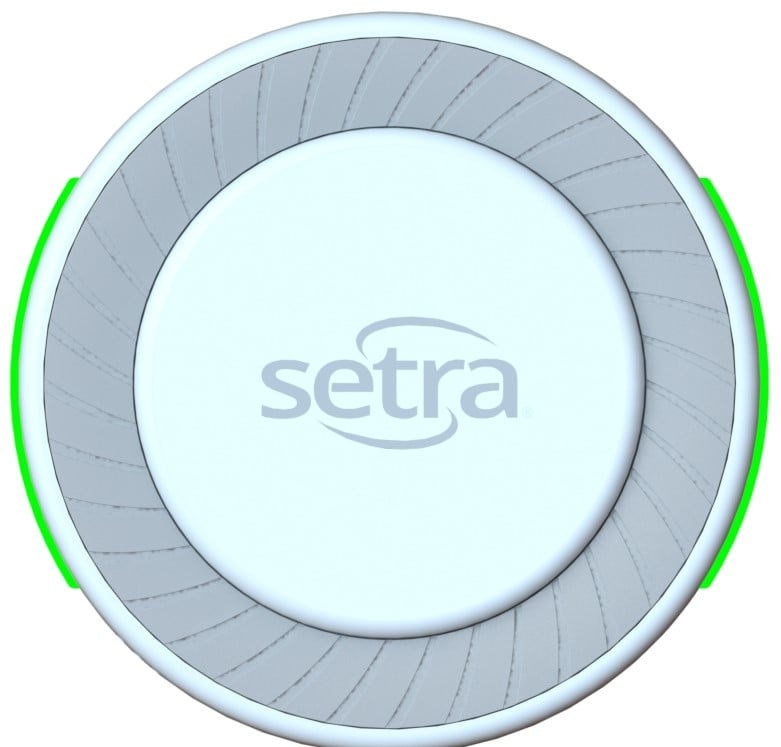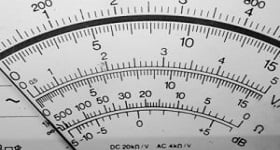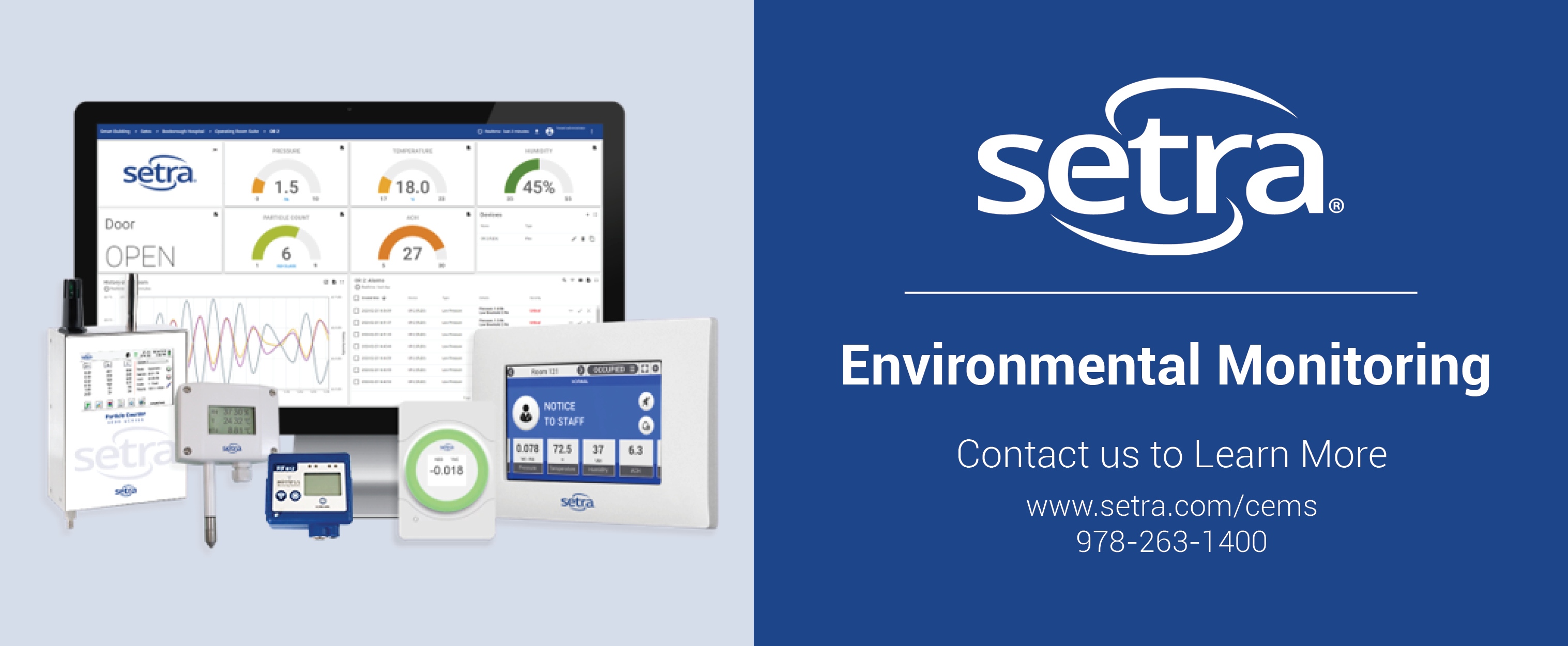There are many major benefits to be gained from the implementation of a Setra Continuous Environmental Monitoring System (CEMS). The use cases shown below exemplify the ongoing value delivered through this secure, highly available, cloud-based, real-time environmental monitoring, alarming, reporting and data collection platform.
Setra Blog
September 23, 2022
The Value of Environmental Monitoring Systems (EMS) Through Application Programming Interfaces (APIs)
What is a REST API and Why Should I Care?
The awareness and utilization of APIs has exploded in recent years. Originally the domain of the software development community, these powerful interoperability enablers are now at the forefront of web, cloud-based and mobile device application development.
Let’s face facts; manual monitoring of cleanroom particulate counts is costly, monotonous and highly error prone. Cleanroom managers are very aware that by far the greatest contamination threats come from individuals entering controlled spaces. Understandably, to reduce the number people accessing these critical environments, many companies are tasking the cleanroom operations staff already working within these spaces with the additional responsibility for manual environmental monitoring (EM). While this approach has obvious benefits, such as lower labor costs and reduced contamination risks, it also introduces significant new data integrity issues.
Setra’s wide array of non-viable particle counters are used throughout critical environments to measure particle concentrations of various sizes; these counters use a long-life laser diode, light scattering, and photo detector to calculate particle size and quantities as the sampled air passes through. Particle counters are required for cleanroom certification but are also often used for continuous, sequential, or periodic monitoring of the space between certifications and to ensure that particle levels are maintained below critical thresholds during manufacturing. This post will look at Setra’s different particle counters and their differences to help you decide upon the correct unit(s) for your application.
Setra’s comprehensive range of particle counters and air quality monitors are the most advanced, high-performance instruments available. This industry-leading position has developed from an enduring, intense focus on innovation and original intellectual property creation.
Setra is pleased to announce our simple and cost-effective LITE room pressure monitor just got better. With this latest version, there are now several new features and updates, increasing the functionality and usability of LITE for your specific needs.
Setra Systems will be exhibiting at the AHR Expo in Las Vegas from January 31 through February 2. In addition to our extensive HVAC and Critical Environments lines, this year Setra will be unveiling several new and exciting products. Come by and see Setra at booth C5712!
Converting mA to voltage is common in HVAC when working with pressure transducers. Terminology to keep in mind includes:
- 1 mA = 0.001 AMP (short for amperes)
- Amps are referred to as CURRENT
- Resistor values are in OHMS (Ω is the symbol for ohms)
- VOLTAGE is the result of passing amps through a resistor
Cleanrooms are one of the most strictly regulated critical environments that require continuous monitoring. The most common cleanrooms are in compounding pharmacies, medical device manufacturers, and biotechnology facilities, as they need to guarantee the safety of their products for patients. However, a variety of other applications utilize cleanrooms to ensure accuracy, such as clinical research spaces, semiconductor manufacturers, and aerospace manufacturers.
Subscribe to Our Blog!
Topics
- Critical Environments (182)
- HVAC/R (179)
- General Industrial (153)
- Building Automation (134)
- General Industrial OEM (92)
- Energy Management (85)
- Test and Measurement (66)
- HVAC/R OEM (58)
- Barometric (44)
- Alternative Fuels (42)
- Medical (40)
- Process/Mfg Tank Level (40)
- Water and Wastewater (39)
- OHV (38)
- Oil and Gas (35)
- Industrial Vacuum (29)
- Calibration (25)
- Semiconductor (25)
- Particle Counting (18)
- Cleanroom Monitoring (17)
- Room Pressure Monitoring (16)
- Trade Show (12)
- cleanroom environment (12)
- Scales (11)
- Environmental Monitoring (10)
- Power Monitoring (10)
- Healthcare (9)
- Power Meters (9)
- Software (9)
- cleanroom monitoring systems (9)
- Case Study (8)
- critical environment technologies (8)
- Humidity (7)
- data centers (7)
- particle counter (6)
- pressure transducers (6)
- LITE room pressure monitor (5)
- hardware and software cleanroom monitoring systems (5)
- setra lite (5)
- Compliance (3)
- Video (3)
- hospital spaces (3)
- FAQ & Troubleshooting (2)
- Monitoring Compounding Pharmacies (2)
- Semiconductor Manufacturing (2)
- agencies that monitor pharmacies (2)
- energy (2)
- hvac (2)
- laboratories (2)
- monitor compound pharmacy (2)
- protected environment (2)
- regulatory compliance (2)
- setra lite features (2)
- usp 797 (2)
- Current Sensors and Transducers (1)
- Current Transformers (1)
- Pressure (1)
- aerospace cleanrooms (1)
- cems (1)
- digital transformation (1)
- ipv6 multicast (1)
- ipv6 multicast address (1)
- ipv6 multicast address range (1)
- isolation room pressure monitoring (1)
- multicast address ipv6 (1)
- multicast ipv6 (1)
- operating room (1)
- pharma 4.0 (1)
- pressure sensor (1)
- pressure transducer companies (1)
- semi conductor (1)
- sensors and transducers (1)
- setra pressure transducers (1)
- submetering (1)
- sustainability (1)
- temperature monitor (1)
- temperature monitoring for pharmacies (1)
- transducers (1)
- usp 800 (1)
- water (1)
- what does hvac stand for (1)
- what is a transducer (1)
- what is hvac (1)

